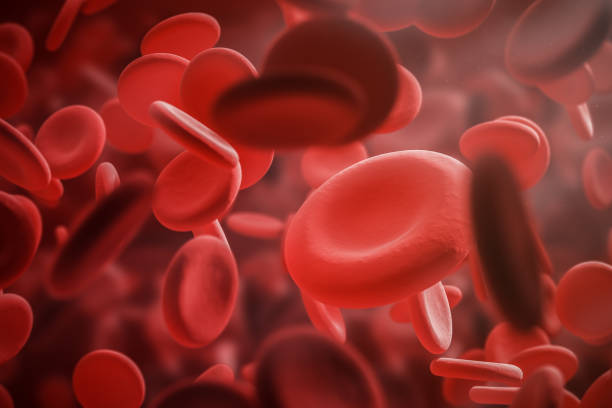The good news of treatment of severe haemophilia A, a rare hereditary health condition, was out on 12 December 2024. Indian scientists have successfully used gene therapy to treat Haemophilia A, which is caused by a faulty gene that triggers severe spontaneous and supposedly fatal episodes of bleeding.
The success is primary because the therapy has only been tested on five patients in Tamil Nadu so far. But the good news is that none of them have reported bleeding episodes over an average follow-up period of 14 months.
This trial therapy was led by Alok Srivastava of the Centre for Stem Cell Research, CSCR, at Christian Medical College, Vellore with financial support from the Union Department of Biotechnology. The results of the studies were published in the New England Journal of Medicine (NEJM).
Inside a Patient’s Life
Weekly bleeding is not a surprising event for a patient. The requirement of frequent treatments and follow-ups usually takes up most of the lifetime of the haemophilic person. A typical treatment course includes injections at frequent intervals with an infusion of clotting factor to prevent bleeding.
However, the new gene therapy treatment promises to be a one-time solution. The gene introduced in the body will self-teach to create enough of the clotting factor inside the body to prevent haemorrhage or bleeding.
Haemophilia can be minor or severe, depending on the percentage of clotting factors present in the patient. However, haemophilia A is the more common version of the condition found across the globe. It is caused by the absence of a blood clotting factor called Factor VIII. While haemophilia is a rare disease, India stands at the second position in the world to have the largest patient pool. The estimated patient count is 40 to 100 thousand people.
People suffering from haemophilia A have less than 1% of the clotting factor, which can be managed by repeated intake of Factor VIII replacement, monoclonal antibiotics or injecting substances to stop or prevent bleeding. Naturally, the treatment is expensive and rare to be found in medical facilities. A March 2024 research study, published in the journal Heliyon, estimated the per-patient cost of treatment of haemophilia in India to be around rupees 2.54 crore over a 10-year period.
The New Treatment
The only present gene therapy option that patients have is called Roctavian, approved by the US Food and Drug Administration for commercial use in 2023. The effectiveness of this gene therapy was based on results from 112 patients followed up for at least three years after the treatment. The gene therapy reported average bleeding incident to decrease from 5.4 bleeds per year at baseline to 2.6 bleeds per year. The majority of patients receiving Roctavian also received steroids to suppress their immunity system for the gene therapy to be effective and safe.
The new CMC therapy under trial works by infusing stem cells from the patients with clotting factor genes using other kinds of vectors like lentivirus. The approach is reportedly safer than using other vectors. Its promise of security also opens up gene therapy treatment to children.
“This groundbreaking study is notable for several reasons. First, it establishes that initiating and executing studies involving new gene therapy is possible even in resource constraint settings such as India,” said Johny Mahlangu in an editorial of the NEJM.


